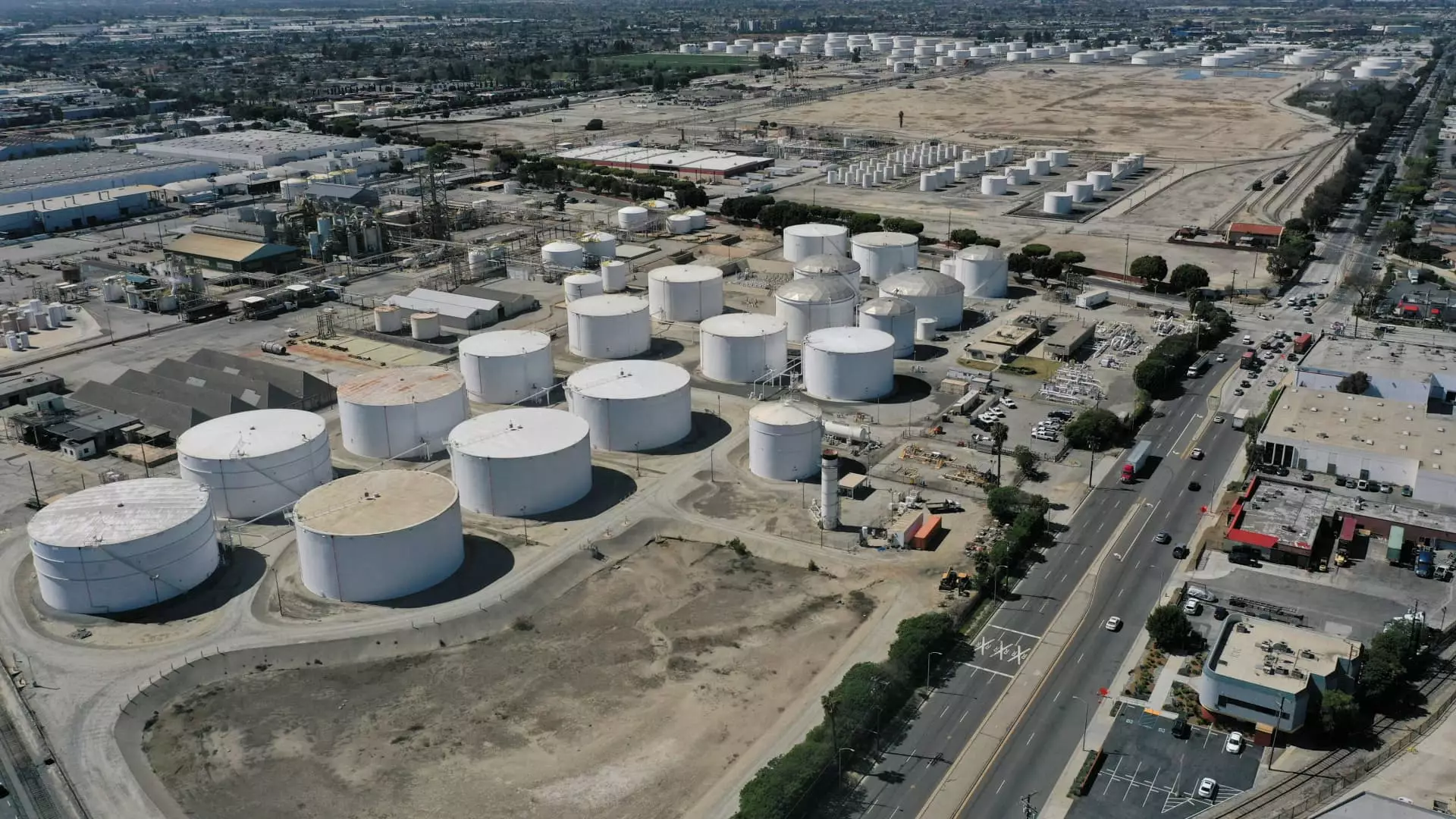As the global energy ecosystem continues to evolve, the demand for reliable and efficient sources of power remains a crucial component of economic growth. Natural gas has surfaced as a pivotal player within this framework, especially concerning data center operations. Recent insights from Bank of America highlight how the interplay between natural gas availability and emerging technologies like liquefied natural gas (LNG) could shape investment landscapes, particularly favoring those companies entrenched in transporting and storing this vital resource.
The immediate landscape for natural gas is underscored by an apparent oversupply, yet the medium-term outlook appears increasingly optimistic. Analysts, including Jean Ann Salisbury from Bank of America, indicate a promising transition beginning as soon as 2025, fueled primarily by the burgeoning need for data centers and the uptick in LNG demand. As more enterprises opt for cloud services and enhanced digital infrastructure, the necessity for energy-efficient and scalable solutions grows, effectively bolstering the demand for natural gas.
This correlation between energy demand and technological advancement presents a ripe opportunity for midstream natural gas companies. Salisbury emphasizes a “defensive” posture regarding gas-linked enterprises, suggesting that strategic investments in this sector could yield substantial dividends as market dynamics shift.
Numerous stocks are poised to benefit from the anticipated growth in the natural gas space. Among them, Enterprise Products Partners LP stands out, with an attractive price target of $35, signaling a potential 20% upside from recent trading levels. The company has strategically enhanced its liquefied petroleum gas and ethane export capacity, preparing for a post-oversupply environment. Analysts note that Enterprise Products is well-positioned financially, having significantly reduced its debt, which allows for considerable cash flow generation potential.
The robust support from Wall Street—17 out of 19 analysts designate it as a buy—may further bolster investor confidence. Moreover, Enterprise Products’ structure as a master limited partnership (MLP) offers distinct tax advantages, enabling the firm to provide appealing yields to its investors. While MLPs are not collectively taxed at the corporate level, individual investors are responsible for taxes on distributed income, complicating annual tax filings but enhancing overall returns.
Energy Transfer LP is another significant player in the midstream sector that has garnered positive attention from Bank of America, with a price target suggesting a possible 22% upside from current valuations. The firm’s strategy appears sound, characterized by a diversified portfolio of assets and a commitment to sustainability in natural gas liquids (NGL) and crude production. Analysts highlight Energy Transfer’s advantageous positioning amid declining capital expenditure, which signals potentially higher cash payouts in the future.
The firm is also in the process of developing a new LNG export facility in Lake Charles, Louisiana. If successfully brought to fruition, this project might serve as a substantial growth driver while reinforcing the commitment to meeting increasing gas demands on both domestic and international fronts.
Kinder Morgan, which is also on Bank of America’s radar, is touted as a key benefactor in the long-term trajectory of U.S. gas demand. With a price target suggesting nearly 9% upside potential, the company’s performance reflects a broader sentiment of confidence in existing pipeline infrastructure. The anticipated rise in gas demand presents a favorable climate for Kinder Morgan’s brownfield gas pipelines, especially as new projects are expected in various U.S. regions.
As stakeholders navigate the evolving energy sector, attention must be given to both potential rewards and inherent risks associated with investing in natural gas-linked enterprises. While the anticipated demand and positive market catalysts signal promising prospects, investors must remain cognizant of the cyclical nature of energy markets, including fluctuations in supply and geopolitical tensions that can heavily influence gas prices.
Balancing current oversupply conditions with the prospects of medium-term growth necessitates a strategic approach to investment in the natural gas sector. Diversification within energy portfolios and a keen eye on the evolving landscape of renewable energy sources will be vital for navigating the complexities that lie ahead.
As the natural gas sector braces for transformative changes influenced by technological advancements in data centers and LNG demand, strategic investments in midstream companies like Enterprise Products, Energy Transfer, and Kinder Morgan present a thoughtful approach to capitalizing on future market trends. The intersection of energy infrastructure and sustainable growth is bound to define the next chapter in energy investments.


Leave a Reply